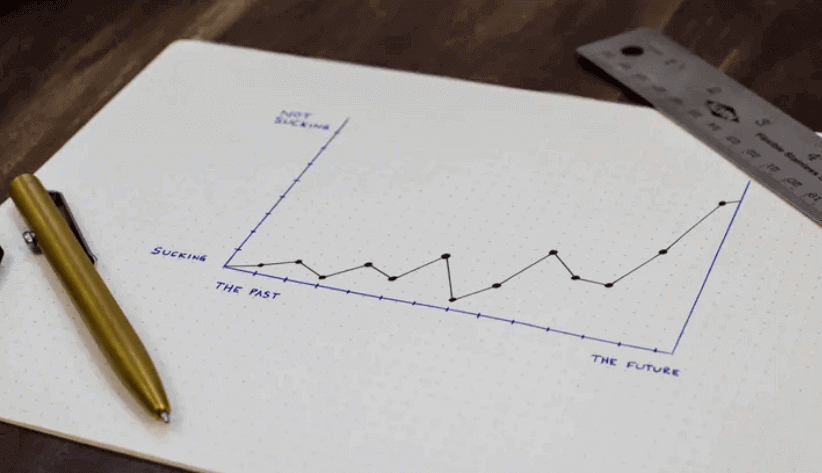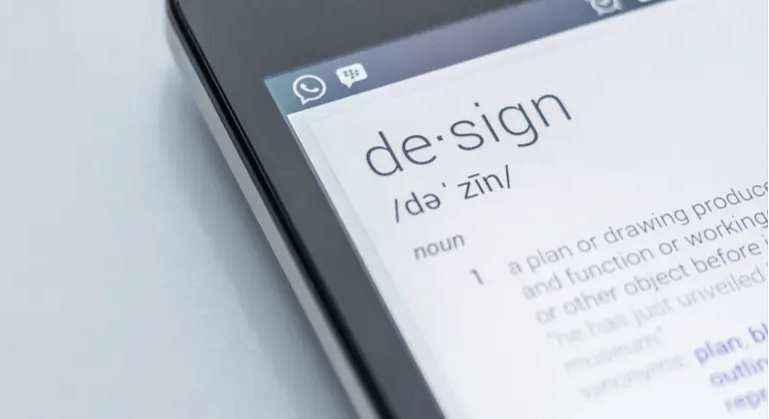We all live in the same objective world, but why do people perceive things so differently? As product managers, how can we minimize or avoid these differences in understanding? It’s essential to grasp some foundational concepts. The author summarizes 11 common cognitive biases that product managers encounter, which may help you in your work.

You’re aware that while everyone exists in the same world, each person's worldview can be vastly different. The reason lies in the fact that we all live in subjectively constructed realities. What you see and what I see are different, and it’s unlikely that we’ll ever completely share the same view of the world.
This can lead to cognitive differences when faced with the same situation. For product managers, reducing these differences and aligning our perceptions with those of our users is crucial.
Below are some reflections from my recent observations of internet products, which I hope will inspire your product design process.
01 The Curse of Knowledge
The "curse of knowledge" means that once we know something, it becomes difficult to imagine what it would be like not to know it. This "curse" makes it hard for us to share knowledge with others because we struggle to understand the perspective of someone without that knowledge.
In industries where we’ve spent years honing our expertise, we often use professional abbreviations or jargon to reduce communication costs among colleagues. However, outside of work, we can easily fall into the curse of knowledge. What we take for granted may be unfamiliar to users.
For example, websites sometimes display error messages filled with technical jargon, leaving users to guess their meaning. When designing products, always ask yourself: Can a non-professional understand this message? If not, it might be necessary to explain things in more user-friendly terms.
02 Availability Heuristic
The availability heuristic is when we estimate the likelihood of events based on how easily examples come to mind. If an event is easy to recall, we tend to think it’s more likely.
Our brains have two modes of thinking: one is intuitive and automatic, while the other is deliberate and rational. In most cases, people rely on the intuitive mode, assigning too much importance to easily recalled information while ignoring a lot of other relevant data.
Recent or frequent events, as well as extreme or memorable ones, tend to influence us more. Knowing this helped me understand advertising better—while I rarely bought the products I saw in ads, those brands stuck in my mind. When I later needed to buy something, the names from those ads were the first to come to mind.
As product managers, we can leverage this by sending reminders or notifications around major holidays or product updates. Frequent exposure can prompt users to engage with your product.
03 Bandwagon Effect
The bandwagon effect refers to how individuals tend to follow the majority’s opinion or behavior. Essentially, it’s the tendency to “go with the flow.”
A great example is Pinduoduo, which displays dynamic messages like “999+ people have already ordered” or “999+ positive reviews” on product pages. This creates a sense of social proof, increasing the desire to purchase and ultimately boosting sales (GMV).
We can apply this concept to product pages by creating a “crowd” effect, making users feel like they’re part of a popular trend, thus enhancing engagement.
04 Choice-Supportive Bias
Choice-supportive bias is when we tend to justify and favor the decisions we’ve already made, downplaying other options.
I can relate to this personally. When a new product launches, we often find many areas for improvement. But after some time, those issues seem less bothersome. This is a typical example of choice-supportive bias.
In product management, it’s important to maintain empathy and be able to switch perspectives to assess whether our choices still make sense, especially when considering user experience.
05 Anchoring Effect
The anchoring effect occurs when people rely too heavily on the first piece of information they receive (the "anchor") when making decisions. Even irrelevant information can serve as an anchor and influence our judgments.
For instance, Starbucks may display a bottle of water priced at an exorbitant $28, knowing few will buy it. However, this makes the coffee prices seem more reasonable in comparison.
This principle is often used in pricing strategies by showing a higher “original” price, which serves as an anchor to make the discounted price seem more attractive.
06 Decoy Effect
The decoy effect happens when the introduction of a third, less appealing option (the “decoy”) makes one of the original two choices more attractive.
For example, if a store sells hats for ¥39 and sweaters for ¥199, but also offers a bundle of both for ¥199, most customers will choose the bundle since it feels like a great deal, even though they might not have considered buying the hat otherwise.
This strategy plays on human psychology, where comparisons help highlight perceived value.
07 Distinction Bias
Distinction bias occurs when we overemphasize small differences between options during comparison, even though these differences might not be significant.
A typical example is choosing a payment method that offers a small discount, such as ¥0.20 off with a bank card. Even though the difference is minimal, users are more likely to choose the option with a perceived discount.
In product design, offering even small incentives can help users notice and choose new features.
08 Endowment Effect
The endowment effect refers to how people tend to overvalue something simply because they own it. This is related to loss aversion, where the pain of losing something outweighs the pleasure of gaining something equivalent.
For product managers, encouraging users who love your product to share it with others can amplify this effect. Their subjective endorsement will carry more weight in persuading potential customers.
09 Functional Fixedness
Functional fixedness is when we become fixated on an object’s usual function and fail to see alternative uses. This cognitive bias can limit creative problem-solving.
A famous example is from Stephen Chow’s movie, From Beijing with Love, where a shoe turns out to be a hairdryer. The fixed notion that a shoe is just for wearing prevents people from imagining it having multiple functions.
In product design, it’s essential to think outside the box and consider potential competitors from different industries or “lanes.”
10 Barnum Effect
The Barnum Effect is when people believe vague, general statements (often about themselves) are highly accurate, such as in horoscopes or personality tests.
In product copywriting, avoid generic phrases like “customers” or “users.” Instead, use personalized language such as “you” or “your,” which helps foster a connection between the user and the product.
11 Framing Effect
The framing effect refers to how different presentations of the same information can lead to different decisions.
For example, if a store advertises a cup as costing ¥32 with a free cup cover, it will feel more appealing than another store selling the same cup for ¥30 but charging ¥2 for the cover, even though the total cost is the same.
People are more sensitive to losses than to gains, so framing a deal as a benefit rather than a cost is essential in pricing strategies.







